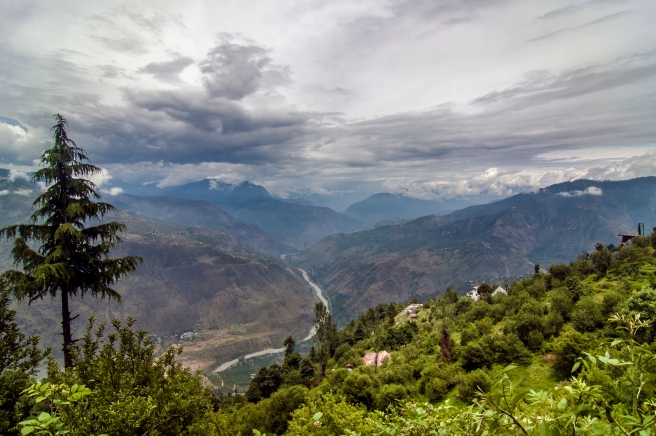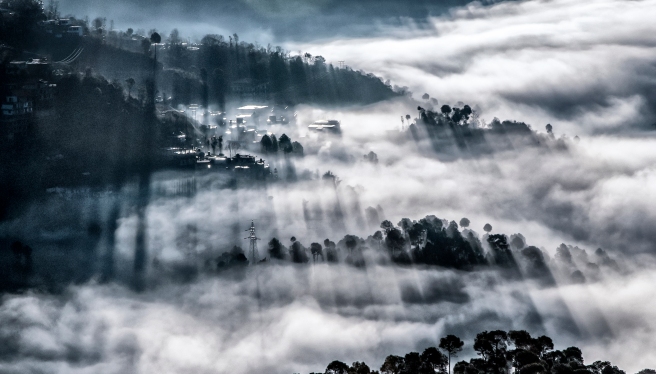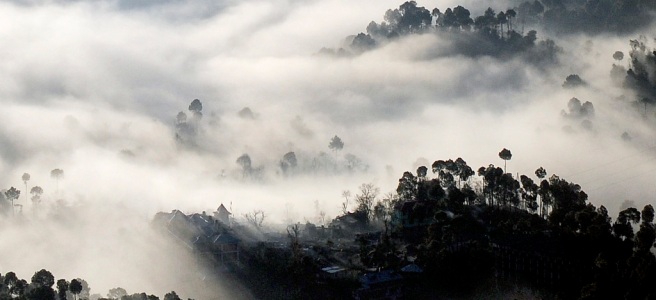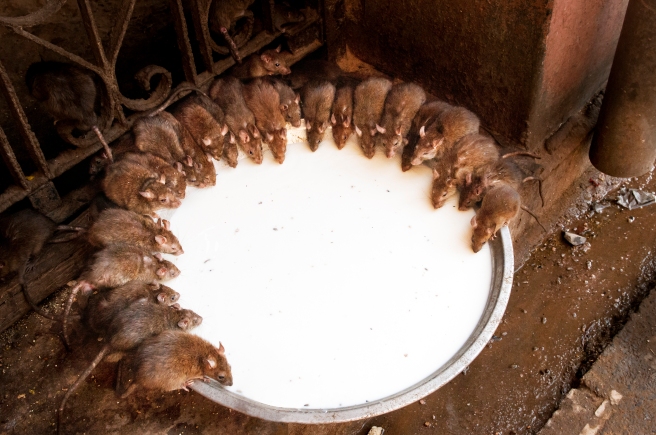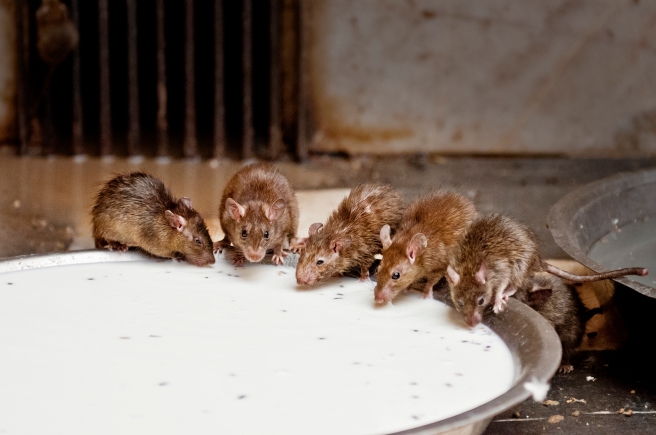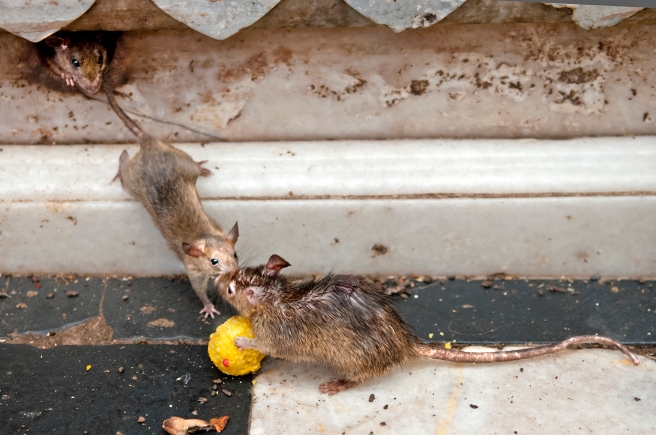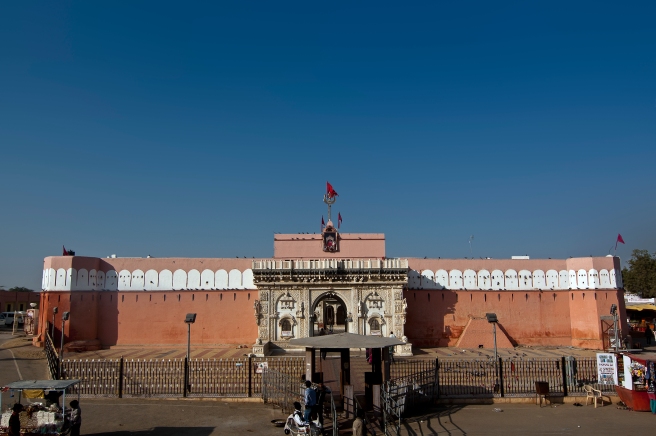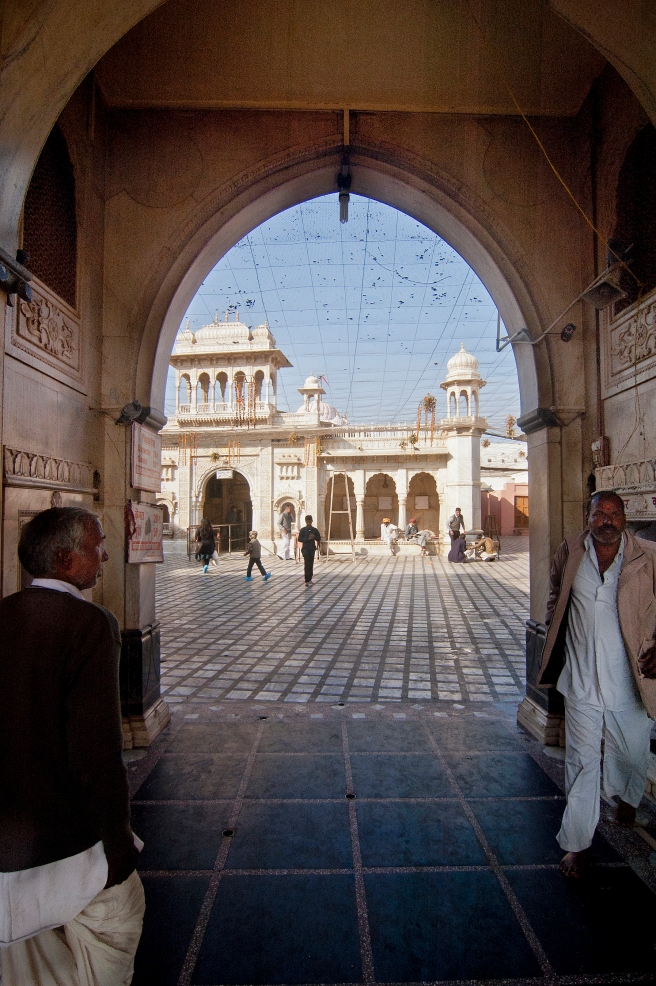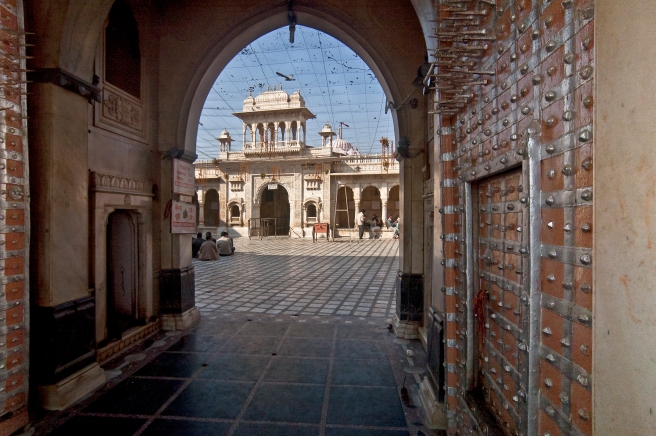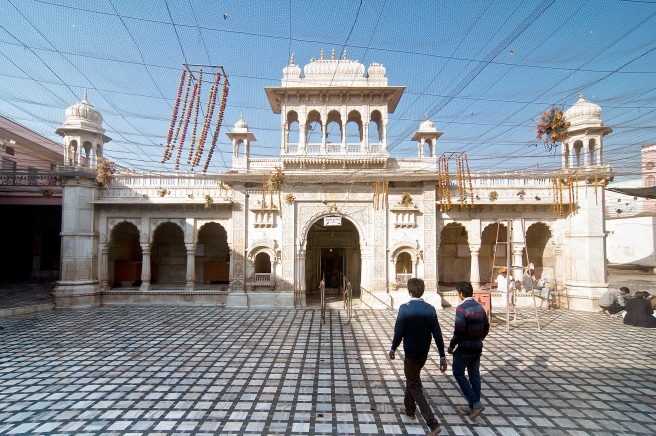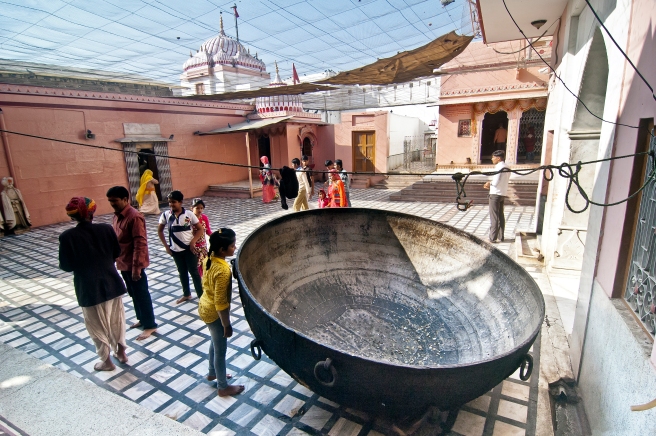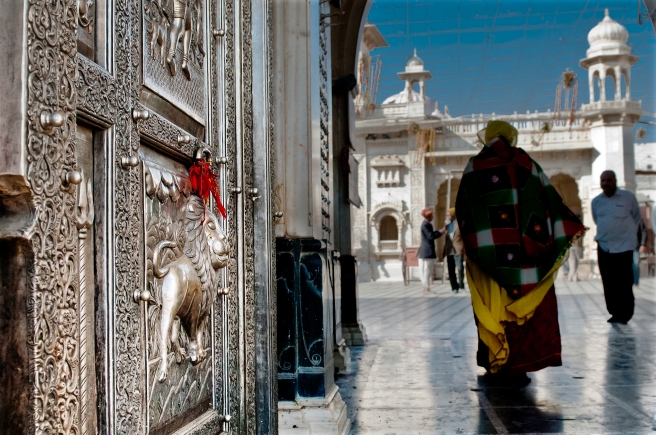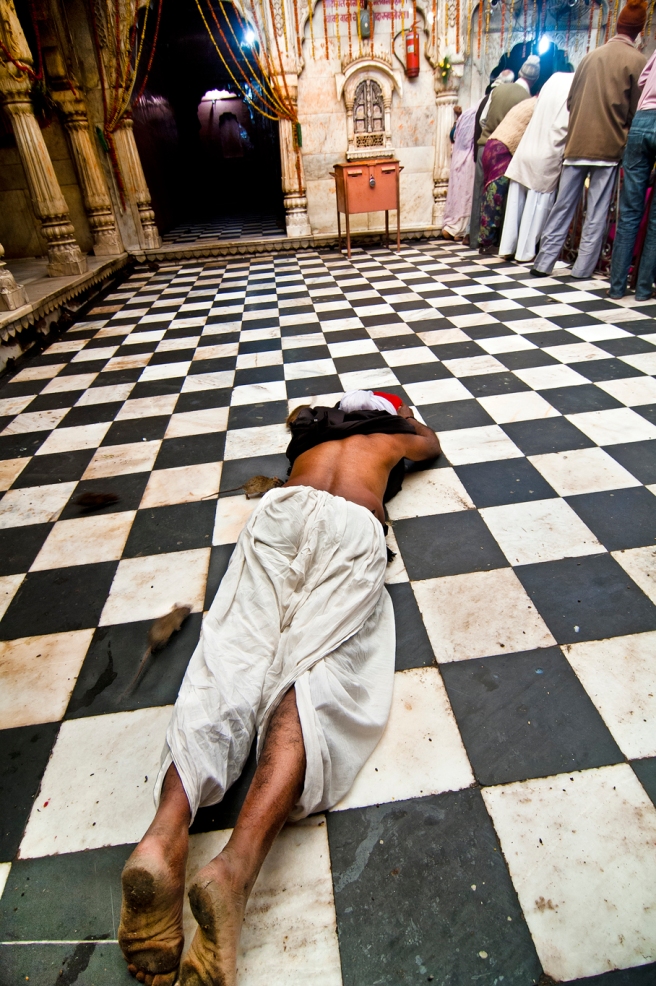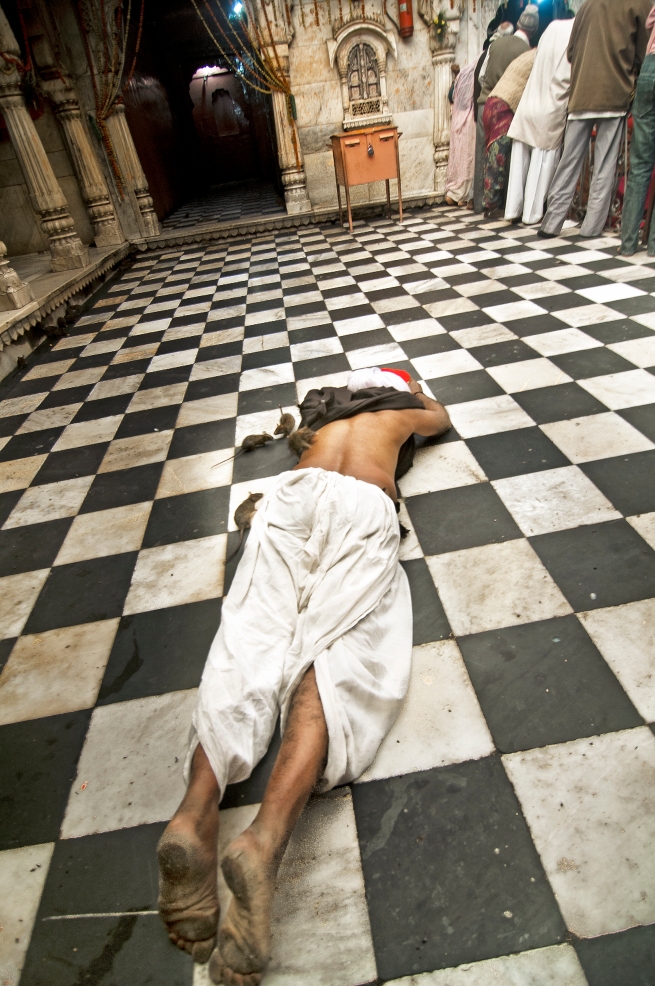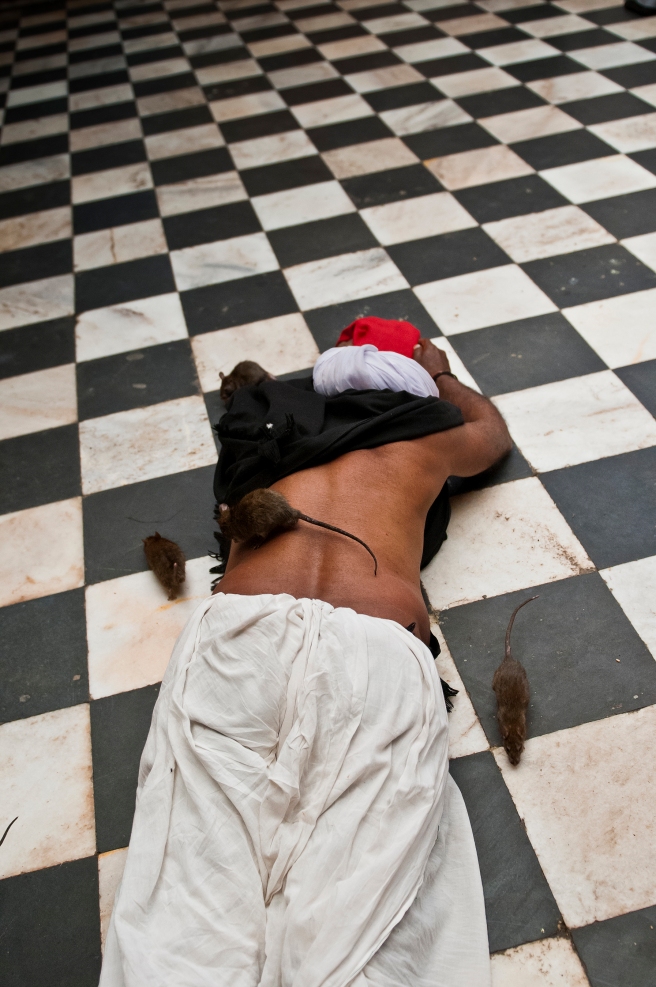E-commerce is happening these days. Every startup, whether from a pearly fresh IIT/IIM graduate, or a Mom & Pop store entrepreneur to established business houses are into it. It is a big market and it is growing bigger everyday. Investors are lining up with huge sums of money to fund such ventures.
The transparency and ease that comes with an online platform would make you believe that the ongoing eCommerce sites are trying to make products available to online customers at reasonable prices in comparison to the big showrooms because they do not have an urban retail real estate model that is prohibitive.
There are plenty of established ( in terms of number of months/years) eCommerce retailers in India who sell fashion and day to day wear. “Indian Roots” is one such venture that has a good lineage in terms of its promoters. It belongs to Prannoy Roy and the NDTV group. As is the custom with most such eCommerce retailers they send out emails on a daily basis to consumers announcing deals and new items on their sites.
So here is one such email received on 27-09-2015 from http://www.indianroots.com giving an amazing offer of “Flat 80% off” on a whole range of products.

Lured by such a fantastic deal any sensible recipient would rush to the site to get a bargain. So I checked out the leader page that opened up on clicking through on the email.
http://www.indianroots.in/flat-80-international?utm_source=silverpop&utm_medium=mailer&utm_content=20150918_response&utm_campaign=salesmailerText
A screen grab, just in case

I chose something called http://www.indianroots.in/brands/vishal-hypno.htm and clicked through to a range of sarees showing up. At random I selected the 4th item in the list ( which appears topmost in the screen-grab because of scrolling) with the following url
http://www.indianroots.in/brands/vishal-hypno/off-white-resham-embroidered-georgette-saree
A screen-grab in case the webpage changes –

Off white Resham embroidered Georgette Saree. A little tacky with really bad posing priced at Rs 13,100/- The details of the Fabric description made this out to be :- (Saree: Chiffon, ). It was a tad hard to believe that a tacky saree like this ought to cost Rs 13,100/- and if one were to factor in a Flat discount of 80 percent, the price should work out to Rs 2620/-. Who in their right senses sells a synthetic saree for such an exorbitant price and then gives away an item for a 80 per cent discount? It just does not make sense. This is where the first uncomfortable alarm bell started ringing.

I went through a dummy routine of buying the tacky saree till the stage when the money had to actually go out of my bank account. To my great surprise, the amount all along was Rs 13,100/ – there was no sign of the discount kicking in anywhere. If you enter into a purchase, the shopping cart shows the price at which the product would be billed/sold and the amount of money to be paid. The amount was Rs 13,100/- all through.
I wonder how that item could be displayed in the Sale category and that too with 80% off. If one was not too careful, one would have gone through the routine assuming that one would be paying only 20 percent of the listed price. A clever trap indeed.
Since the alarm bells were ringing and it was obvious that there was something of a fishy pattern nay smell here, I thought it would be appropriate to obtain the pricing of this particular item from other eCommerce vendors.
A small search later, look at what the results were like. –
http://www.mangosurat.com Rs 3295 http://www.mangosurat.com/sarees/paramount-white-chiffon-designer-saree-12034
http://www.sareepalace.com Rs 4707 http://www.sareespalace.com/saree/flamboyant-white-resham-work-faux-chiffon-designer-saree-25035
http://www.sonicasrees.com Rs 3792 http://www.sonicasarees.com/sarees/charming-faux-chiffon-white-designer-saree-27058
The screen grabs of these products is included here so that in the event of the page being removed we do not get a 404.



I was totally taken aback at the huge price differential between the price quoted at “indianroots” at Rs 13100 and that of other upcountry vendors in the range of Rs 3300- 4700. It is easy to see what the modus operandi of some of the eCommerce retailers is. Each e-tailer has its set of customers and database of clients who utilize the site. Most of them do not even bother to compare or check what the truth is. So milk them for their ignorance.
A little bit of skulduggery is fine but marking up the price of a product by an astonishing 300-400 percent compared to the retail price of other vendors is a little too much. Top that by placing the inflated price product in a category of Sale/discount but not really giving it is a double whammy or should I call it a double sham(my).
Make that a triple or Quadruple whammy. The “indianroots” description of the product made it out to be a Georgette saree in the banner / title of the product and chiffon in the detailed description. The other vendors were more honest and called it “faux chiffon” for that is what sarees coming from Surat are. It certainly is not “Georgette”. In India when a customer or a shopkeeper talks about chiffon it is the one made of natural fibres like silk etc and not synthetic ones like polyester etc.
The situation in the eCommerce world is startling and this is just one instance for one tacky saree. I would encourage you to go check out the other items that appear in the “indianroots” 80% sale page” to see how it pans out. I would be surprised if the pattern is any different from what is followed for the “Off white Resham Embroidered Georgette Saree”
